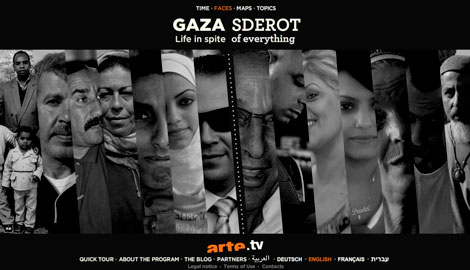
In this week’s symposium we had a big chat about taxonomies and definitions, which inspired me to write this post about the politics of definitions. Adrian pointed out the danger of categorising things too much and thinking everything fits perfectly, when the reality is that we live in a fluid environment. As such, definitions can turn out to be counter productive, and instead we should embrace the possibilities of new technologies and what this means for different art forms. Apparently students and academics tend to like taxonomies because they have boundaries (and I can definitely agree with this – so can my borderline perfectionism…).
Adrian really encouraged us to think more about what our work can do, then worry about how it’s classified or defined later. I still find this a little problematic because I see this as giving away your agency as a filmmaker. What about authorial intention? Do others just suddenly get to decide instead of you? Although I’m starting to learn that perhaps this is something I’m definitely going to have to let go of during the IM1 course (and maybe in life as well). From a young age we are taught to search for meaning first and foremost, which has led us to forget to think about what something can do. However, Adrian, Seth, and the IM1 course are trying to get us to step back and look at content from a different perspective.
We then moved on to talk about participatory documentaries, and how filmmakers approach things like attribution, copyright and intellectual property. Adrian explained that a lot of us think as if this is a radically new thing, when in reality this has been happening for many years – think about all of the data mining and analytics on sites like Google, YouTube, and Facebook. As online users, most of us give away our rights with the click of an agree button on the terms and conditions.
As media students, we are learning to use technologies to represent and construct reality in new and meaningful ways. There are no formulas/recipes/rules that we can follow to achieve success, but we must look at each project (and each platform) individually and specifically. They are always different.
The last question of the symposium was about a concept raised in the week 02 readings: the 90-9-1 principle as cited by Jacob Neilsen in 2006. This suggests that there is a participation inequality on the internet with only 1% of people creating content. 9% editing, modifying and remixing this content, and 90% who view this content without actively contributing. I wonder how those figures have changed since 2006 and what they would look like in 2014.





